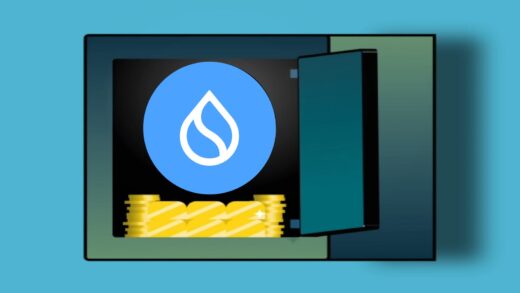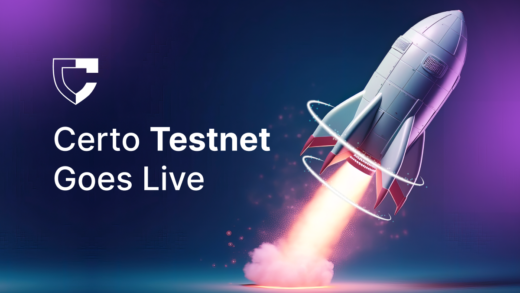The World Wide Web is referred to as the Web that has undergone several transitions in history and it is evolving continuously. We should know that the web wasn’t born at the same time as the internet itself. Earlier, the iteration of the internet was based on texts, which lacked simplicity and browsing sites.
Web Technology later evolved and brought new ways for the Internet for users to interact. Let us know more about the latest World Wide Web 3.0 and how it is different from Web 2.0.
What is Web 2.0?
Web 2.0 is a term that was coined to describe the transition of the World Wide Web from a static collection of pages to a dynamic and interactive platform for information sharing, collaboration, and user-generated content. The term was first used in 1999 by Darcy DiNucci and popularized by Tim O’Reilly in his 2004 article “What is Web 2.0”.
Web 2.0 is characterized by the rise of social networking, blogging, wikis, video sharing, and other forms of user-generated content. Web 2.0 applications enable users to interact with each other, share their experiences, and create content in a collaborative manner.
Features of Web 2.0
Some of the core features of Web 2.0 are-
- Web 2.0 is user-generated content, which means that it is not just a source of information, but it is a platform for creating and sharing content.
- Web 2.0 made things convenient for people and made it easier for people to connect with each other for sharing information.
- It allows users to work together on multiple projects and collaborate on documents simultaneously.
- Web 2.0 uses responsive AJAX technologies to create a responsive user experience.
What is Web 3.0?
Web 3.0 can also be said as a semantic web, which is the evolution of the world wide web. It aims to make information accessible with more convenience for humans and machines.
Web 3.0 aims to provide more convenience to users with Artificial Intelligence, Machine Learning, and advanced technologies. Moreover, it also involves the use of a Decentralized system, which involves privacy, security, and data control.
The aim of Web 3.0 is to address the issues of the current world wide web, which is because of unstructured data and text-based search engines.
Ultimately, the main aim of Web 3.0 is to provide an intelligent, and seamless web experience that can provide information with ease of convenience.
Features of Web 3.0
Here are the core features of Web 3.0-
- Web 3.0 aims to create a more decentralized web, where users have greater control over their data and are not reliant on centralized platforms for access to information.
- Web 3.0 aims to create a more interoperable web, where different systems and applications can seamlessly communicate with each other, allowing for greater flexibility and innovation.
- Web 3.0 aims to create a more semantic web, where data is structured in a way that machines can understand and interpret, enabling more intelligent and personalized search results.
- Web 3.0 is enabled by the use of smart contracts, which are self-executing contracts with the terms of the agreement between buyer and seller being directly written into lines of code.
- Web 3.0 leverages blockchain technology to create a more secure and transparent web, where users have greater control over their data and can trust in the integrity of the information they are accessing.
- Web 3.0 harnesses the power of artificial intelligence to enable more intelligent and personalized applications and services, such as chatbots and virtual assistants.
How is Web 3.0 different from Web 2.0?
Web 3.0 is mainly known as the Semantic World Wide Web, which is the current evolution of the previous web version known as Web 2.0.
One of the key features of Web 3.0 is its decentralization feature while Web 2.0 is based on a centralized system around some large platforms such as Google and Amazon.
Another key difference between Web 3.0 and Web 2.0 is the structure of the data. Web 2.0 is mainly focused on unstructured data such as text and multimedia content. Web 3.0 is focused on structured data where the information is organized in a way, which can be easily understood by machines and enables an intelligent search engine system.
Web 3.0 completely relies on Blockchain Technology, which enhances the security, privacy, and data control for users. Blockchain Technology provides a transparent and trustworthy web where users can show trust in the integrity of the information they are going to access.
Final Words
Web 3.0 is the future of the web industry because it provides more convenience to users with ease to understand. You don’t need to rely on texts or google search engines, machine learning is evolved, which keeps things transparent.
It is not over here, Web 3.0 also enhances the overall security system, and it also addressed the issues of the current world wide web such as unstructured data and text-based search engines.












